
What can be concluded from the flow chart about the water treatment system?

Important Questions on Hurt not the Environment
Study the picture given below and answer the following question:
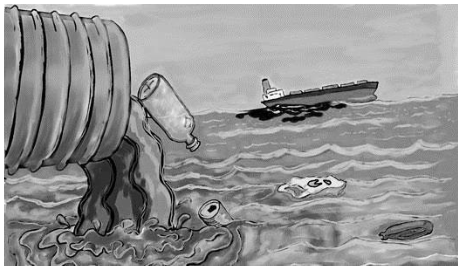
State one measure to control this pollution.
Study the picture given below and answer the following question:
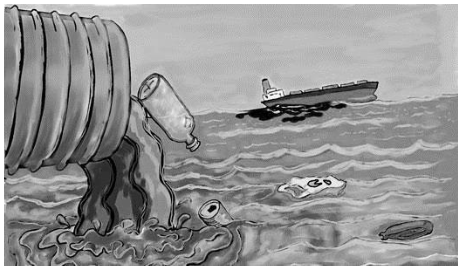
Mention the impact of this pollution on human health.
Statement I : The nutrient deficient water bodies lead to eutrophication.
Statement II : Eutrophication leads to decrease in the level of oxygen in the water bodies.
In the light of the above statements, choose the correct answer from the options given below :
Study the picture given below and answer the following question:
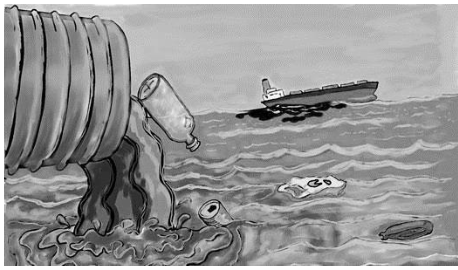
Name one pollutant that causes the above pollution.
Study the picture given below and answer the following question:

What is a ‘Pollutant’? Explain the term.
At a refinery, petroleum is separated into several components by a process called fractional distillation using a fractionating column. Which of the following statement is incorrect about the process?
(I) Temperature decreases from the bottom to the top of the column
(II) At each level in the column only one compound is collected
(III) The fraction collecting at the top of the column is less volatile
(IV) The fraction with the highest boiling point condenses first and gets collected near the base of the fractionating column.
Which of the following statement(s) is (are)
incorrect reason for eutrophication?
(A) excess usage of fertilisers
(B) excess usage of detergents
(C) dense plant population in water bodies
(D) lack of nutrients in water bodies that prevent plant growth
Choose the most appropriate answer from the options given below :
At which trophic level, would the biological magnification of DDT would be highest.
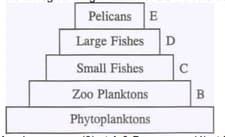
Study the picture given below and answer the following question:
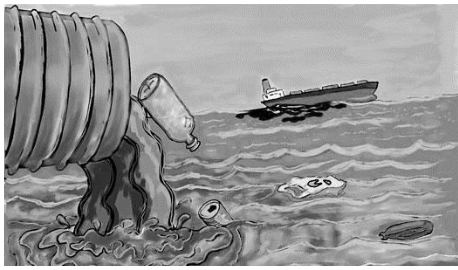
Identify the type of pollution.
Which of the following are NOT correct methods for separating the components of given mixtures?
I. The mixture of Iodine and sodium chloride by sublimation.
II. Plant pigments by chromatography.
III. Mixture of acetic acid and water by separating funnel.
IV. Oxygen, argon and nitrogen from air by fractional distillation.

